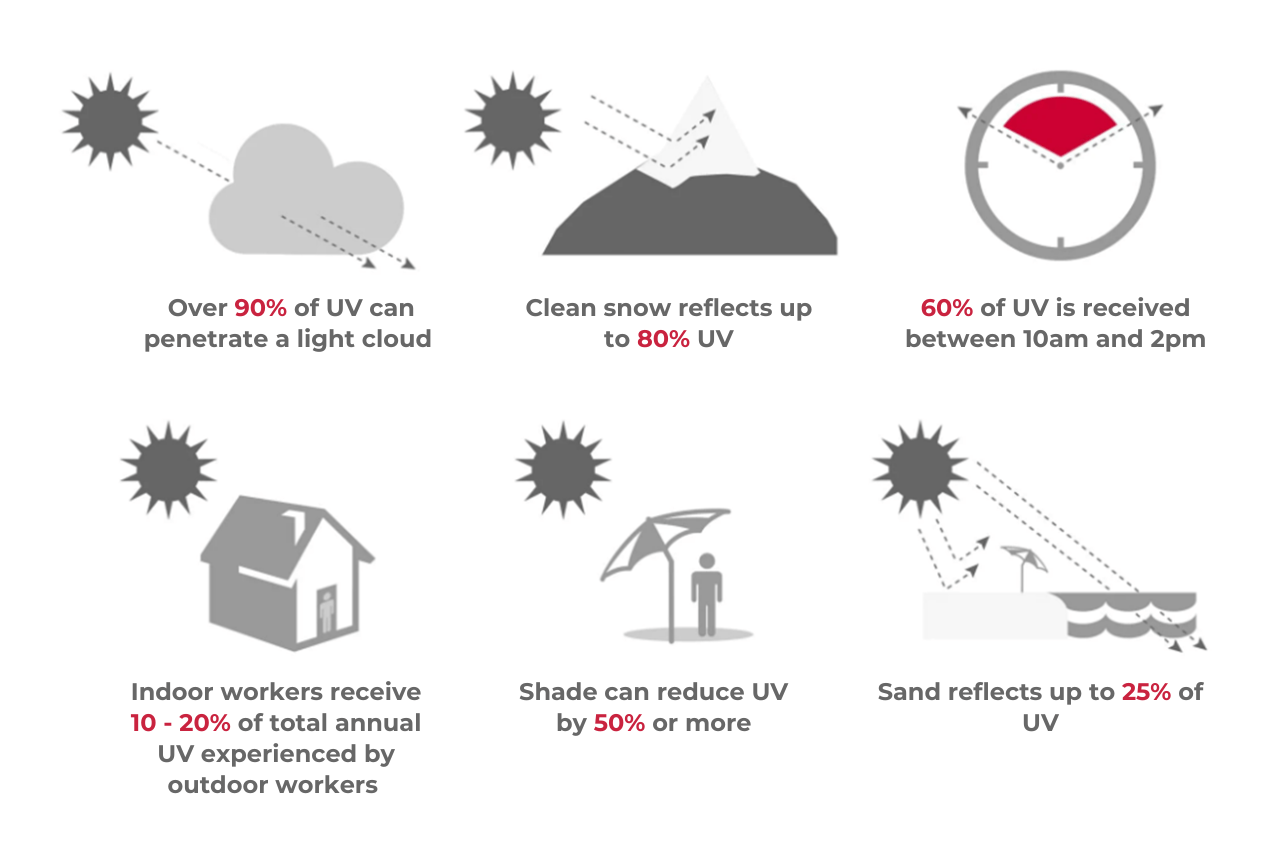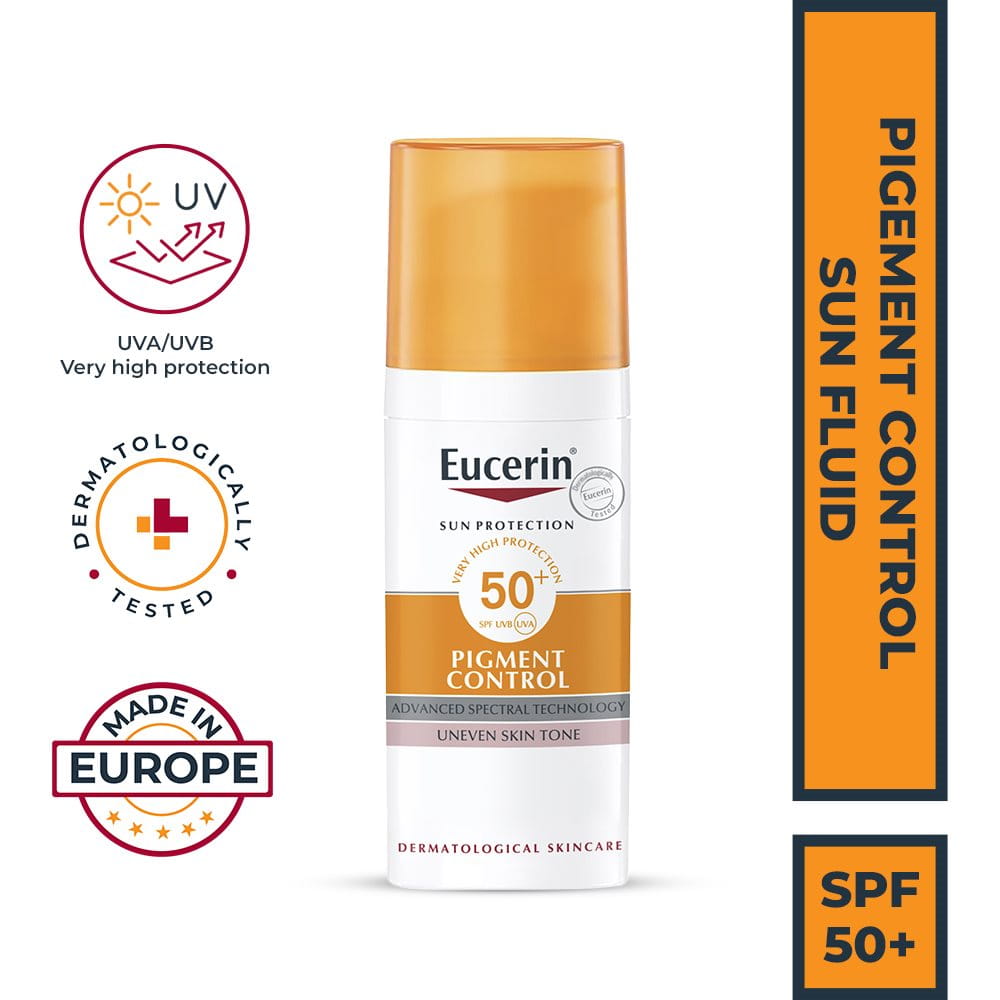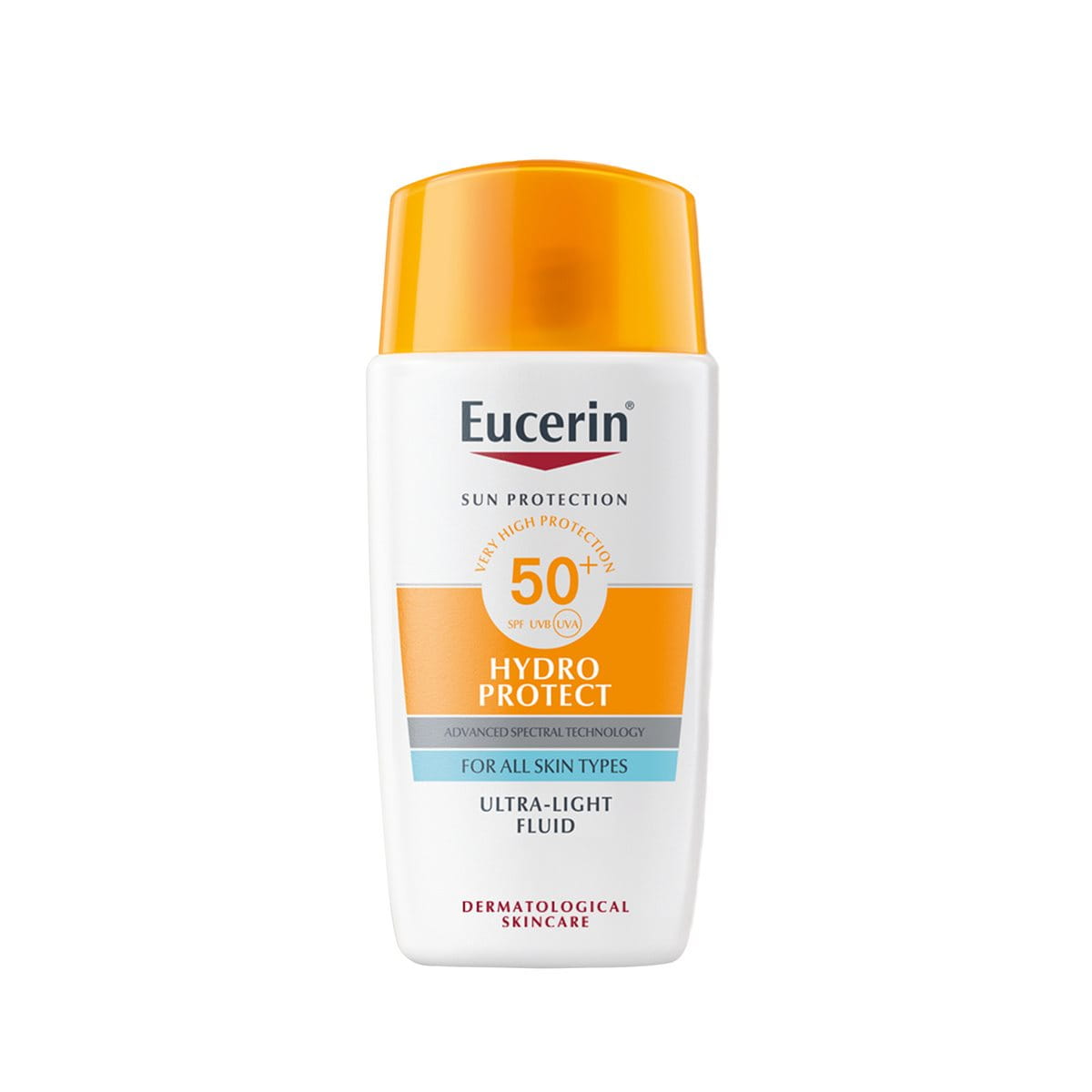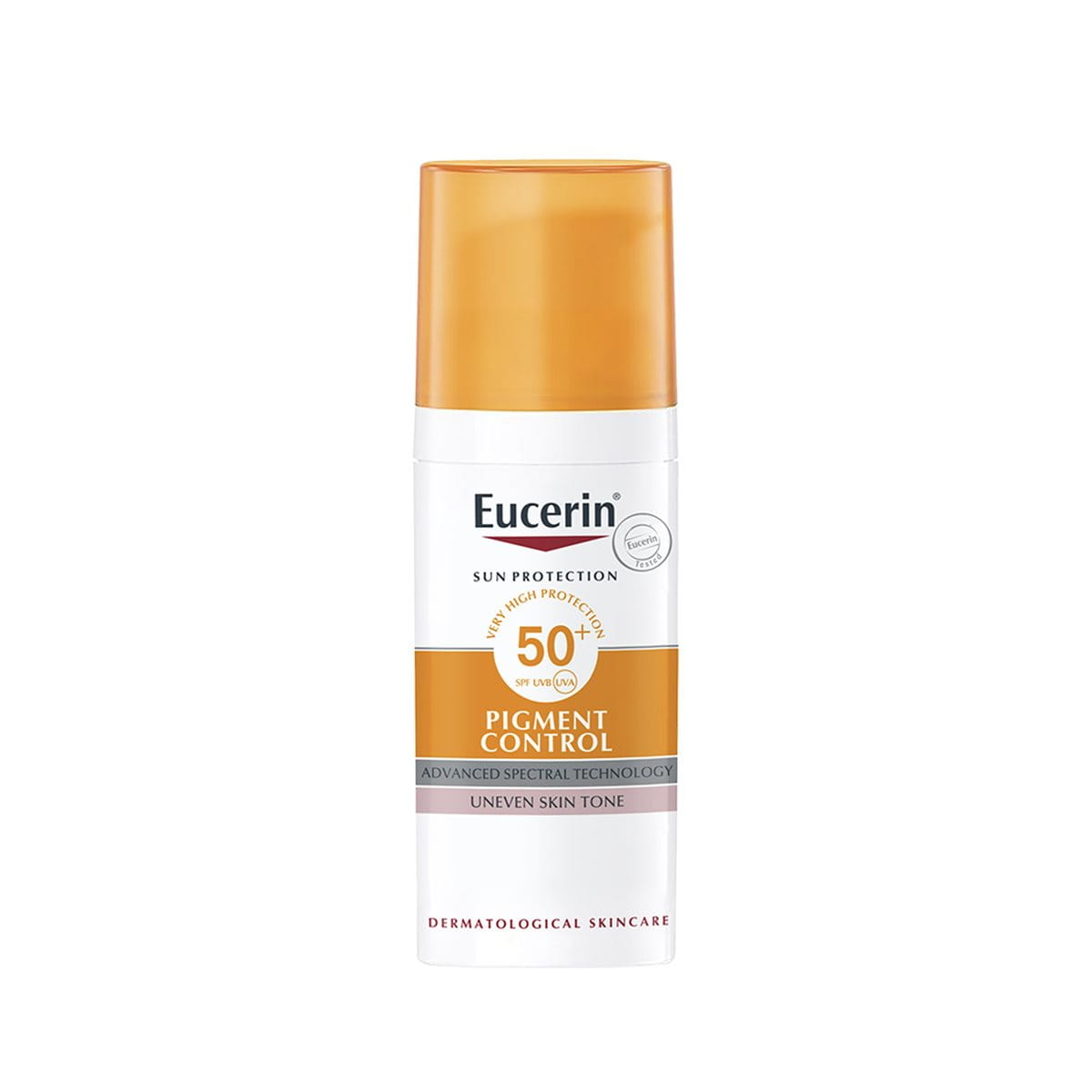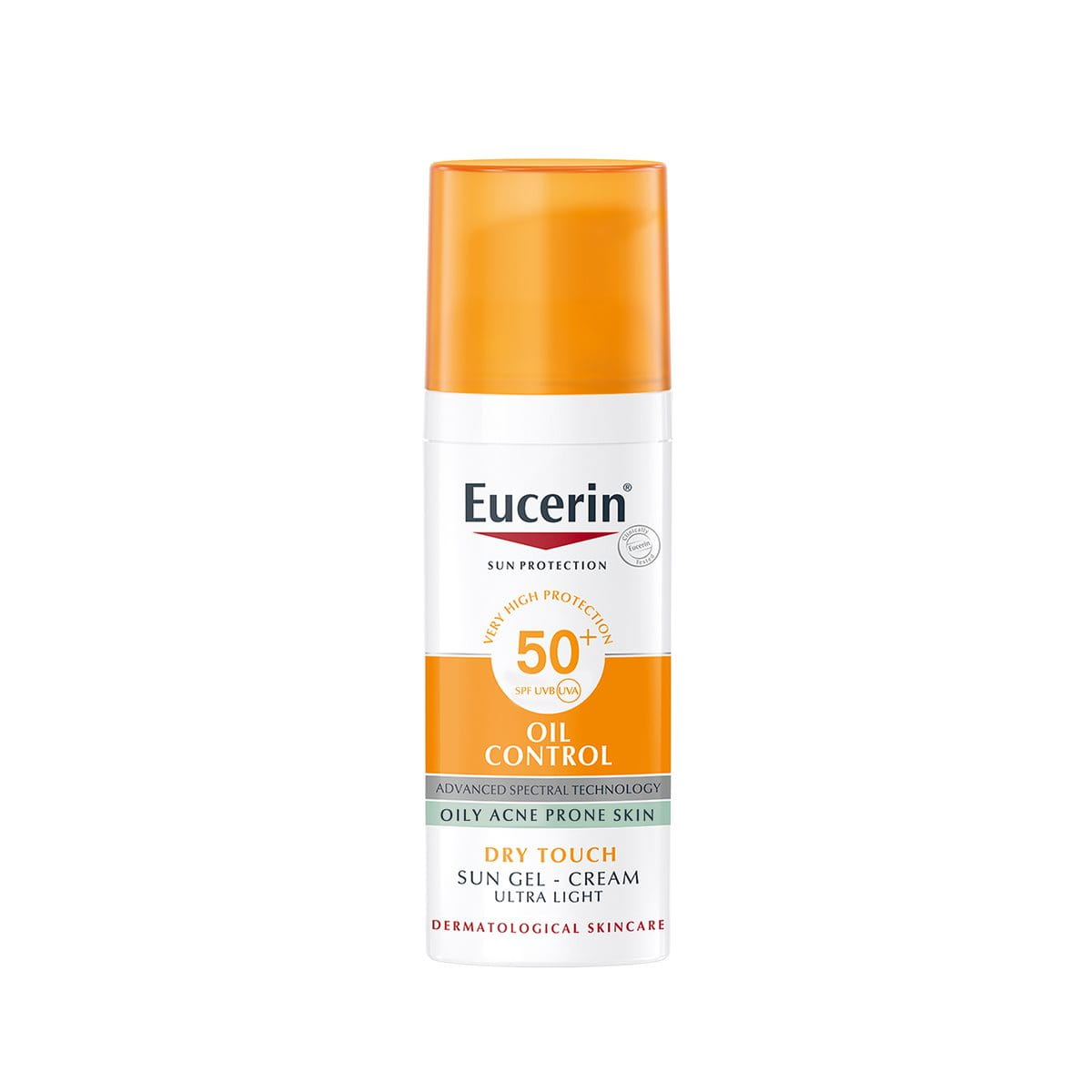The human body contains cells known as melanocytes. Melanocytes produce melanin that darkens the skin. You must know the difference between tanning and hyperpigmentation. Even though both of them are connected to melanin production, they are not the same. Being able to distinguish them can help you in getting the right treatment.
Keynotes:
- Tanning and pigmentation are not the same. Tanning is a type of hyperpigmentation and pigmentation is when too much melanin is produced in the body.
- Pigmentation can last for three months or more. Meanwhile, tannins lasts between 7 to 10 days.
- Pigmentation can be avoided by shielding yourself from the sun and using products with good quality active ingredients.
- Tanning can be avoided by limiting sun exposure, using sunscreen regularly and wearing protective clothing.

